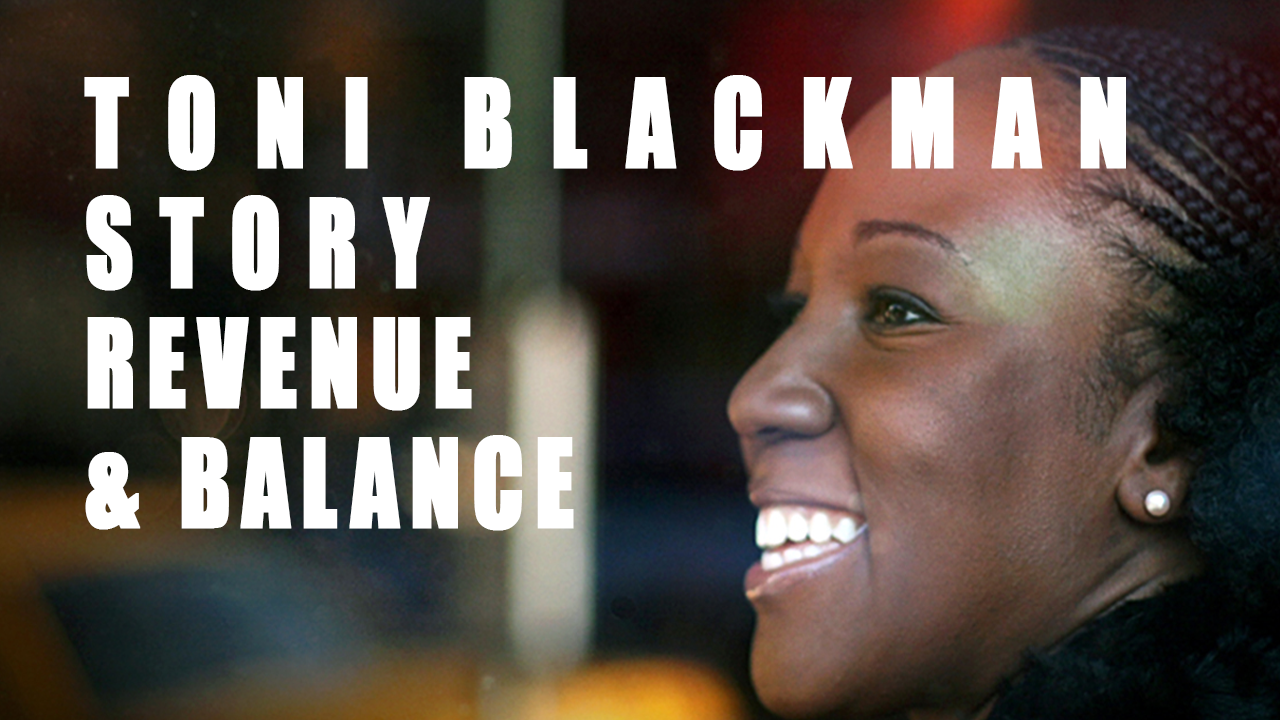More Conga Expertise! Second Line on Conga Technique.
Your hands have never sounded so good… In the “First Line….,” we talked about some general approaches and philosophies that will keep you out of the emergency room. Let’s get specific about conga sounds and the mechanics of each in playing. By the time you’re done here, you’ll know all of the basic sounds and even a few tricks of the trade.
-Open Edge Tone – Place four fingers on the head around “4:30” and “7:30” (as if the further point on the opposite side of the drum were “noon”). With you fingers firmly together, use your wrist to produce the sound and let your fingers “bounce” off the head. Don’t just propel your hands onto the skin and expect things to happen! Experiment a little with “snapping back” the fingers, placing more emphasis on the “up” or “bounce” motion. This will open up the drum’s sound a little more. Remember to always start with the wrist in the same place (wrist low, fingers high). You can’t go wrong.
-Closed Edge Tone – same deal as above, except no bounce. Stop your fingers on the head, not letting it resonate. Simple enough, but hard to do when mixed with Open tones. This will improve your “touch” on conga. (Note: This is not the sound known as the ‘slap’!)
-Center – Fingers together, a little cupped, “drop” your hand in the middle of the head. It will be a thud and this is pretty close to what you will want. After a little getting used to, your hand will just bounce right off the middle of the drum while you’re playing patterns.
-Slap – Ah… The ever-elusive slap! First, get away from the drum. To prepare, place one hand over the other (in an ‘X’) such that your fingers are tightly together at the far side on the back of the other hand. Do some Closed strokes and listen. Now, ‘lean’ a little with those same fingertips, ‘grabbing’ at the far side of that bottom hand. Listen again… Hear a difference? You should hear a little more “pop” in the sound. Approach the drum… Do this little “grab” with your middle finger tip toward the center of the drum head, shooting for that biting, closed, tight slap sound. A little practice, and you’ll be slapping like a pro. (Oh, and don’t forget to practice slapping with the other hand!)
+Be careful of your thumb! You will want to keep it away from the head and rest the outer part of your hand on the drum while striking it. And a little tip for really tight, poppy slaps: cover part of the head with the hand you’re not using.
-‘Heel-Toe’ – This can be a real asset as timekeeper and fills the void in spread-out patterns. The bottom of each hand below the palms are the ‘heels’ and the fingers, held tightly together, are the ‘toes.’ Rest your hand on the head with a slight cup and rock between ‘heel’ and ‘toe’ – you’ve got it! Mix and match between the hands during patterns.
+An advanced application of heel-toe: Try ‘heel-heel-toe-toe’ alternating hands so it becomes ‘R-L-R-L’ or ‘L-R-L-R.’ (R=right, L=left…) From there, go to ‘heel-toe-toe-heel’ (same hand order), continually cycling and at all times alternating between hands. Sped up, this is a conguero’s roll. At lighter speeds, throw in different combinations of conventional rocking (h-t-h-t, one hand) and this alternating approach and you have the making of a texture appropriate to many settings. (Beats sitting in the emergency room at midnight, eh?)
These are most every sound you’ll want to experiment with at first. Next time, we’ll get into some more intricate patterns and ways to really build your chops up to and through them.
Go. Drum./BF


